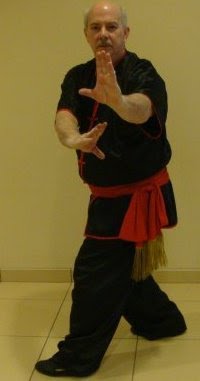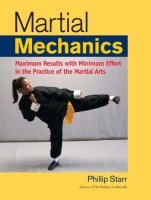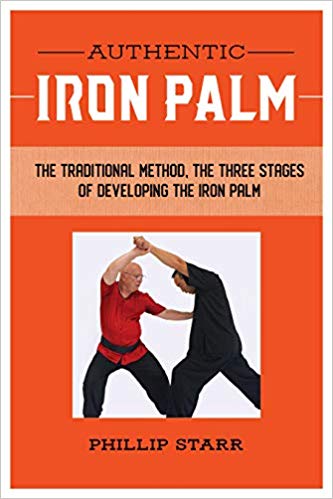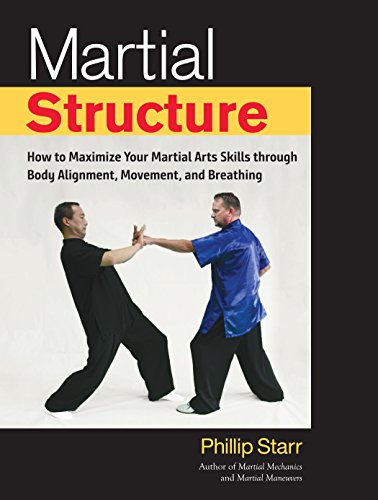by Phillip
Starr
“Do what
you cannot possibly do.
Make the
impossible possible.”
-Masutatsu
Oyama
Founder
of Kyokushin karate
I first
heard those words many, many years ago and I took them to heart.
Martial arts were my great passion and they remain so to this day. I
wanted to push the envelope; to see just how far I could go. I read
about numerous masters of times past and determined that I would do
what they'd done. After all, they weren't gods; they were men just
like me. If they could do it, I could do it.
Many of
you are probably shaking your heads and thinking, “What a fool...
That's a fine way to get hurt very badly. Or killed. You were
certainly a very foolish young man.” And looking back on those
days, I'd have to agree with you. But I wasn't stupid.
I read
about the legendary “arrow catch”, which is an extremely
dangerous technique that involves catching an arrow in mid-flight.
The legendary “godhand”, Master Masutatsu Oyama, said that of
1,000 students, only one or two would attempt to learn such a
technique. And of the 1,000 who set out to perform it, only a couple
who be successful. It kind of makes you wonder what happened to the
998 who failed, doesn't it? But I didn't consider that. I was never
much good at math, anyway.
I was
still in college and young enough to think that I was invincible;
that I could be one of the “one or two” who would succeed. “If
they can do it, I can do it”, I thought. One of my students was a
very skilled archer who owned a good recurved bow and he agreed to
work with me, We spent months practicing together. Eventually, I
would face him at the opposite end of a basketball court. An
arrow-net was placed behind me to prevent arrows from striking the
walls of the old college gym. Just as he released the arrow, I'd
pivot and catch it.
This
isn't something that can be accomplished after only a couple of weeks
of practice. I may have been foolhardy but I wasn't stupid. We
started out by having me simply stand off to one side and observe how
quickly the arrows passed by me. Then I would reach out and try to
grab them. It was a slow and gradual process that required some
considerable time. I would go on to demonstrate this technique at
several demonstrations.
I also
wanted to test myself by breaking large stones. Starting with very
small ones, I eventually succeeded in cutting a 25 lb. stone with my
sword-hand. My hand shook uncontrollably for three days but I was
pleased that I had accomplished what I'd set out to do. I continued
to train until I could shatter a “paver” brick (which is a little
more than an inch thick) with my fingertips and split a coconut with
a single blow.
Now,
I'm not bragging. I've never been one to indulge in
self-aggrandizement. I've never had much time for people who do.
The point of this short essay is simply this; although what I pushed
myself to do was often very dangerous, it had a very profound impact
on my mind and spirit. Martial arts isn't just about learning some
exotic forms of kicking and punching; it's also about pushing
yourself beyond what you perceive as your limits. It's about setting
goals and then going beyond them. If you mindlessly practice a few
punches and kicks once or twice a week, you're not really practicing
martial arts; you're dancing. Without proper spirit, martial arts
devolve into little more than some nifty-looking calisthenics.
Certainly,
I'm not suggesting that you run to the nearest sporting goods store
and purchase a good bow and a handful of arrows or drive through the
countryside until you can find a 20 lb. stone. After all,
techniques such as the arrow-catch are fraught with danger and anyone
who aspires to do them must train very carefully and gradually. You
must push yourself slowly, step by step. Remember that when I
trained to perform these things I was young, in excellent physical
condition (I suppose my mental condition could be called
questionable), and I had practiced martial arts for a very long time.
What
I'm suggesting is that you strive to push yourself past your
“limits.” After all, it's YOU who set those limits in the first
place! It's going to take some considerable work and sweat to get to
the very edge of your limits... and then it'll require more than just
sweat to go beyond them; it's going to take time, guts, and belief in
yourself.














